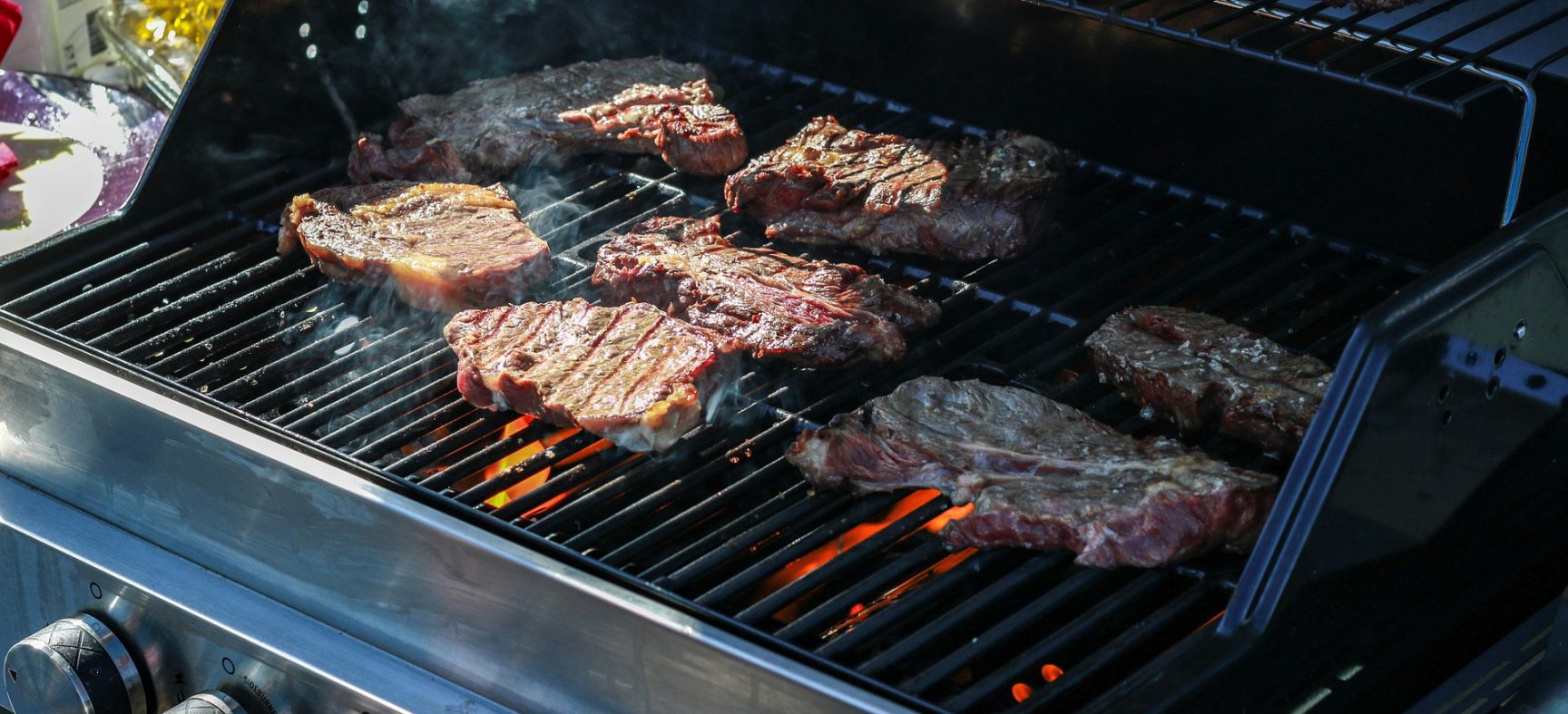Most of us have happy memories spending our summers in the garden, chatting away with family and friends and enjoying a delicious barbecue—it’s a classic summertime experience for many an American family.
But although the food is delicious, grilling itself can be a bit of a safety hazard—all the more so if you’re using gas. For peace of mind, be sure to periodically carry out a quick check for leaks before firing up.
Visual inspection
The first thing to do is to inspect all of the hoses on your grill. Things to look for include any signs of wear and tear, such as holes, cracks, and abrasions that could indicate danger. Also check the connections to ensure all hoses are connected properly.
You should also check the gas cylinder itself. While these are usually pretty sturdy, they can create a pretty big bang if something goes amiss. Carefully check the cylinder for any signs of damage, including dents, bulges, rust, and corrosion.
Soapy water test
A visual inspection will pinpoint the more obvious issues, but a soapy water test will tell you even more. You should perform this test in a well-ventilated area away from heat or ignition sources. Here’s how to do it:
1. Mix liquid dish soap with water in approximately a 50/50 blend.
2. Open the lid and make sure all knobs are in the “off” position.
3. Switch on the gas, but do not light it.
4. Apply the soapy solution (with a brush or spray bottle) to the following: propane cylinder welds, hand wheel, regulator and propane cylinder connection, natural gas hose and connections, and all connections between the manifold, side burner, and propane cylinder.
5. Check to see if bubbles appear on any of the connections. If they do, then you have found yourself a leak and should immediately turn off the propane valve.
Be sure to perform these tests at least once a year—or more often if you frequently use your grill. If you find anything suspicious, don’t take any chances: get your grill professionally checked before you use it again.







